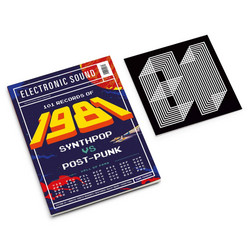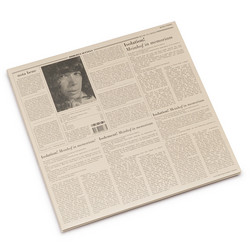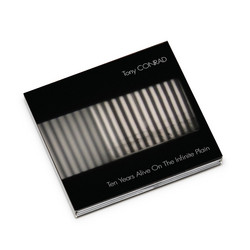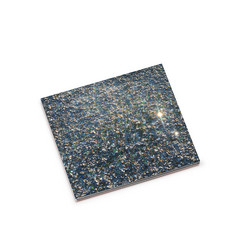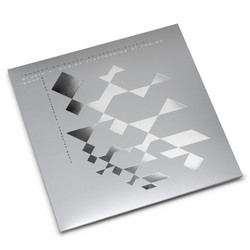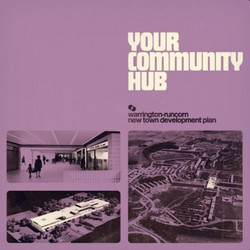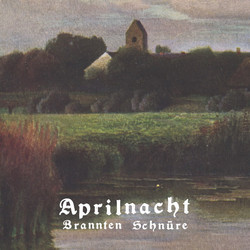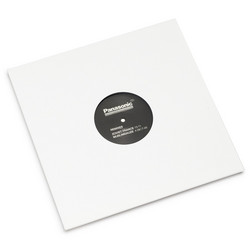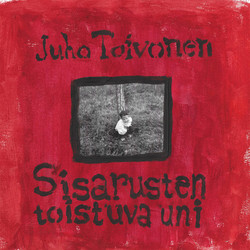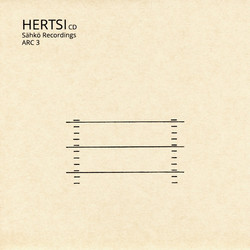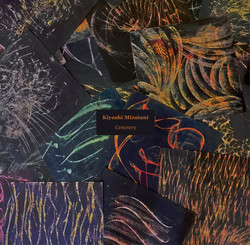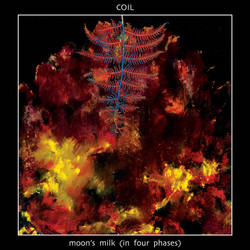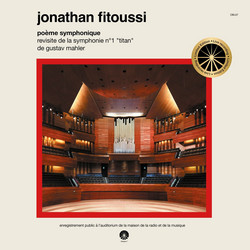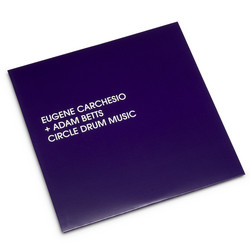10 improvised sound collages by Wade Matthews. What this music is about and how it was made. These are 10 virtual soundscapes selected from among 14 made in Madrid in late June and early July 2009, hence the name, Early Summer. They are improvised sound collages, real-time assemblages of field recordings (manipulated to greater or lesser degrees), noises, electroquotes and digital synthesis. The field recordings were made over the last two years in the San Francisco Bay area, La Mancha, and Madrid. The noises were recorded at my studio in Madrid. There is one electroquote, but it is significantly altered and might thus more accurately be called an 'electro-misquote.' The digital synthesis was carried out in real time, that is, played as part of the process of improvising these pieces. My setup contains two laptops, which I play simultaneously. The left one is for synthesis, the right one has all the field recordings and noises. The playing process involves triggering, stopping, filtering and mixing the recordings on the right computer while simultaneously playing the software synthesizer in the left computer. The results are sent to a pair of loudspeakers, each of which has a microphone in front of it. The mics are in turn sent to my recording setup. So these pieces are recorded in stereo, as is. There is no remixing and a minimum of touching up - basically just a couple of fades. I chose this setup, rather than multi-track recording, because I wanted the end result to really reflect the improvisatory nature of these pieces, avoiding the temptation to 'recompose' them post-facto. With some pieces I had a clear idea what materials I was going to work with and I simply began to play, triggering and stopping them according to how the piece evolved while simultaneously adding touches of synthesis, sometimes for structural reasons, other times simply as 'sonic seasoning.' With other pieces, I had only one or perhaps two sounds in mind and simply began playing, adding other things as the piece went along. In all cases, there are two elements that I find especially interesting about working with the medium of sound collage:
The first is the possibility of non-integrated sound spaces. In these pieces, each of the field recordings, noises, and synthesized sounds occupies its own space. The field recordings, for example, occur in specific acoustic conditions that are clearly audible in the recordings. Thus, these sound collages combine not only sounds but also sound spaces. The sounds often coexist in time but not necessarily in audible space. At any given time, a particular sound may not be audibly in front of, behind or beside, another sound. Instead, it may be in another space altogether, a more distant one, or a closer one, a more resonant space or a dryer one. I find this sort of spatial counterpoint very interesting as it brings out the paradox of sounds, many of which are natural, coinciding in a way that has only become possible in 'nature' in our time. Until quite recently, if we were in a particular sonic environmentÑsay one with very little resonance like the inside of a crowded busÑthen any sound we heard there would be directly affected by that acoustically dry setting. Likewise, any sounds we heard in a large train station would be marked by its reverberanceÑthey might be closer or farther away, but they would all be in that space. Now, however, we can get on that crowded bus, shove a pair of earphones into our ears and simultaneously be listening to the bus noises and a recording of a string quartet performed at Carnegie Hall. The bus noises will enter our hearing and may even cover up the sound of the string quartet at some points, but the bus's acoustic conditionsÑits lack of resonanceÑwill in no way reduce the reverberant field of Carnegie Hall in which we are hearing the string quartet. Likewise, the resonance of that hall will add no reverberation whatsoever to the bus noises. This coexistence of different soundspaces in our auditory field is quite new and so I've enjoyed exploring it here. The second is the chance to play beyond or against memory. Here, I am not interested in combining things I know will work. I want to combine sounds that may not work. More preciselyÑand this is the crux of the matter for meÑI want to combine sounds that will work in ways I had not discovered beforehand. It's not so much a matter of combining disparate materials and figuring out how to make them 'work' as of using those unexpected combinations to redefine one's personal definition of what it means to 'work.' One final observation about these pieces' durations: I wanted to try making short pieces, aphorisms that just present an idea and let each listener draw his or her own conclusions about its possible ramifications. At bestÑand I hope to have succeeded to at least a small degreeÑthey might be taken as sonic koans.' Wade Matthews
Details
Cat. number: cnvcd002
Year: 2010
Notes:
Edition of 200.
